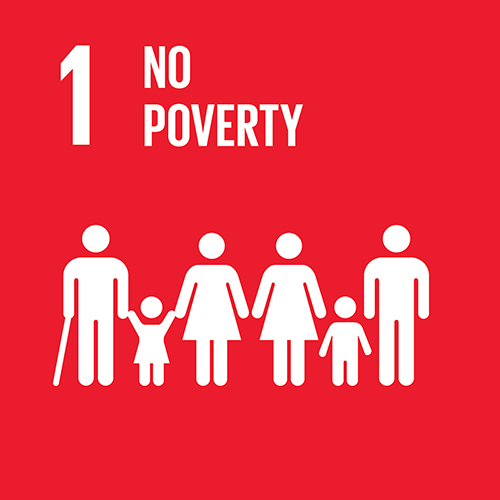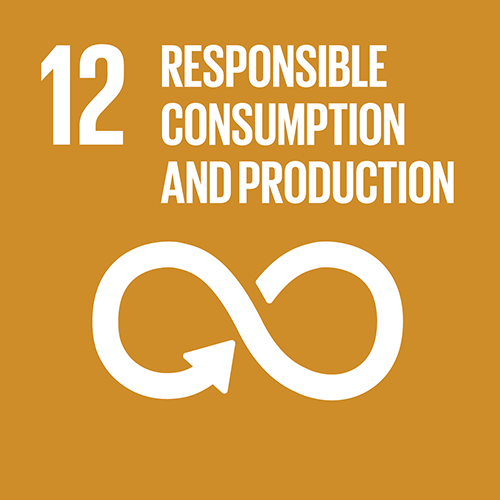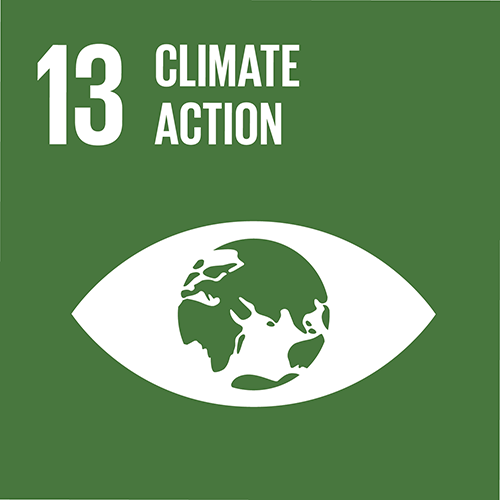Cooking with Corn Cobs Instead of Coal in China
Project type: Efficient cook stoves , Biomass
Project location: Provinces of Shanxi, Hubei and Guizhou, China
Project status: In operation, no credits available
Annual emission reduction of the whole project: 399,501 t
This project replaces coal consumption from traditional coal burning stoves with improved clean biomass burning semi-gasifier stoves in rural households within Shanxi Province, Hubei Province and Guizhou Province in China. CO₂ emissions can be avoided by reducing coal consumption by using the inner part of the corn cub for cooking. The cleaner stoves improve indoor air quality which benefits the health of the women and children.
One of the most visible signs of the urban-rural disparity in China is in the household energy sector. While cleaner-burning petroleum-based fuels are increasingly common in wealthier areas, at least 50 percent of all households still depend on solid fuels like wood or coal as an important household fuel. A practice resulting in pollution exposures that the World Health Organization estimates to be annually responsible for over 420,000 premature deaths in China alone.
What I like most about the stove, besides the convenience, is that since buying the stove I’ve saved so much money from not having to buy coal for cooking. It is wonderful, every home in our Shanxi should have one.
myclimate, Impact Carbon and the China Association of Rural Energy Industry (CAREI) have partnered to alleviate the health and climate burdens found in rural China due to the inefficient and dirty use of solid fuels such as wood and coal for household energy demands. This partnership promotes the use of efficient and clean household energy technologies that can be used for cooking, heating, and water purification throughout China.
The coal used to cook cost us 1500 Yuan per year. Now with the biomass stove we save a lot of money and it’s more convenient. In spring we plant the seeds. The corn is then sold on the market for money and the leftovers can be used for cooking with the biomass stove.
Carbon finance revenues will be reinvested into the project for social marketing campaigns, quality control measures, solidifying supply chains, and a host of other activities.
This project contributes to 9 SDGs:
Households save around USD 1,000 on fuel over the stove’s five year lifetime and EUR 80 for every Euro spent on the stove.
516,027 people profit from better air
Women save time and money.
136,000 stoves have been installed in three provinces.
278 jobs have been created.
Sustainable cooking stove production.
1 million tonnes of coal have been avoided since the start of the project and each stove avoids about 4.5 t CO₂ per year.
Reuse of otherwise unused biomass as an energy source.
The project strengthens the global partnership for sustainable development.
Situation without project
Cooking with coal and non-renewable fuelwoodDocumentations
Project standard

Project number
7136



















